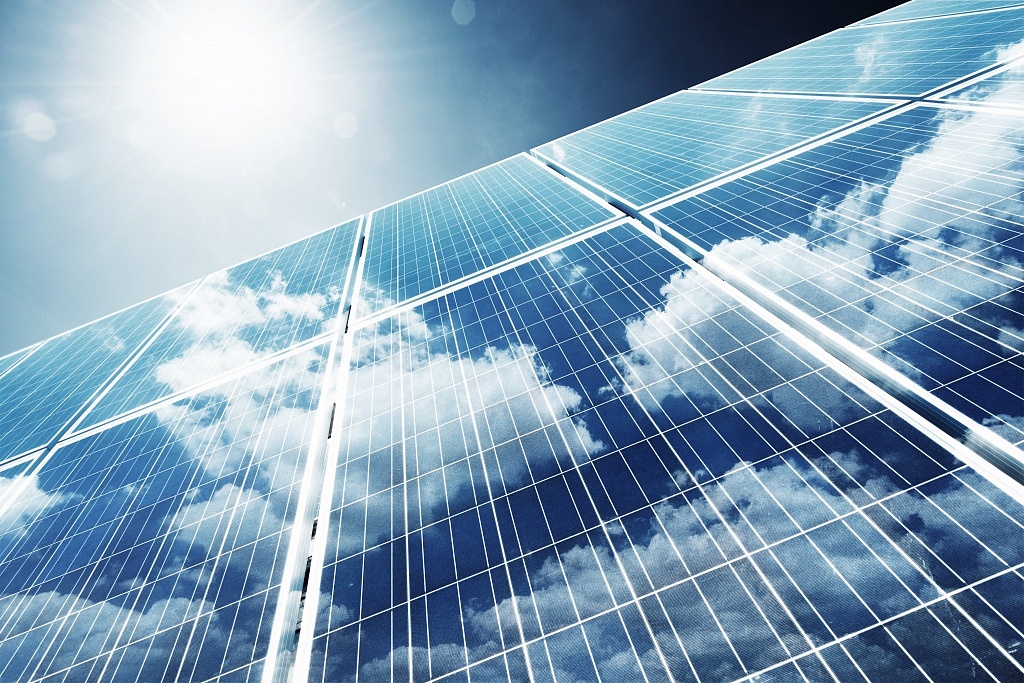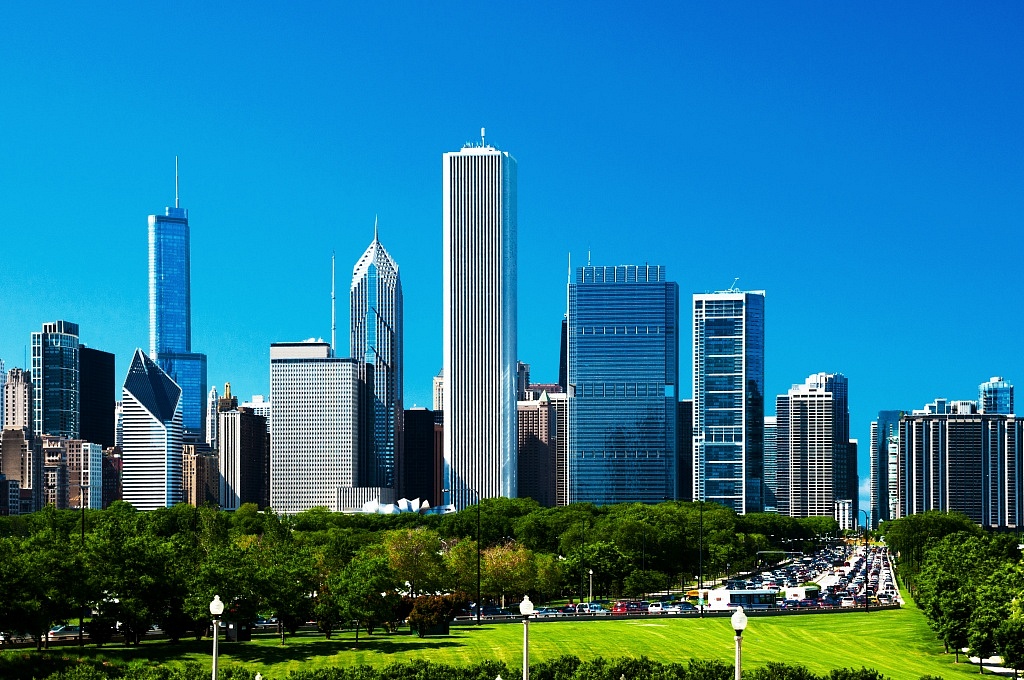During the 2016 AHR Expo, JARN interviewed Kevin McNamara, Senior Vice President, sales and operations, LG’s U.S. Air Conditioning Systems business, to hear about its business strategies focusing on variable refrigerant flow (VRF) systems.

JARN (J): Last October, you were appointed LG Senior Vice President of Air Conditioning Systems in the United States. Have you shifted your market strategy in the United States?
Kevin McNamara (M): Thank you and the simple answer is no, and our strategy has not changed. Our strategy is to be customer-centric, so we continue to develop and improve, to better serve the needs of consulting engineers, architects, and installation contractors in the U.S. market. We have created new processes and new teams to support all of our sales activities. We are also in the process of opening our 22nd academy in the United States. Some of these are LG operated academies and some of these are academies that LG has authorized as an extension with our own internal training. The investment in education in the U.S. market is the cornerstone of LG’s corporate commitment to the U.S. marketplace.
J: Are there any changes in the business scope that you are in charge of?
M: The business scope has not necessarily changed, VRF and inverter technology are still core to our business scope, but rather my team has taken on some new challenges in developing additional products for applications in the United States. We continue to focus on the customer. Making sure each customer has a superior experience, as the result of a successful design and installation.
J: Please share with us why your company is so dedicated to attending the AHR Expo?
M: The AHR Expo is a great opportunity in the industry for people to get together to share ideas, discuss market trends, and look at new opportunities. LG has been happy to be a part of the Expo over the past decade. We think the Expo serves a great purpose in helping educate and inform the marketplace about the technologies and solutions that are available. Everyone knows the common industry names and technologies here in the United States, but our focus is to use the AHR platform to help make our Multi V VRF product line synonymous with VRF technology, while also providing true innovation and product leadership today and into the future. And we look forward to being in Las Vegas for the next AHR Expo to continue to drive the Multi V brand and product awareness.
J: What are your major products on display?
M: Many try to play safe with VRF installations, but our theme continues to be centered on expanding the application of our Multi V VRF technology outside the perceived niche VRF market. In our booth, we are showing clients how our VRF technology can be used in a wider variety of applications. Our emphasis is on schools, hotels, and healthcare vertical markets as well as retail vertical markets, and office buildings. Moving our Multi V VRF systems into the mainstream of air conditioning application in the United States is our number-one goal.
In the display we are also introducing some expansions of our existing product lineup such as the new 5-ton Multi F Max 60,000 BTU/h unit and the new Multi V S. We continue to show our advanced capabilities for retrofitting rooftop units and air handlers, which we see as a great opportunity in the U.S. marketplace since rooftops present a tremendous market to explore. We are also expanding our residential applications here using inverter technology.

J: How were your sales of VRF last year?
M: We had a very good year of VRF sales last year. We grew at a substantial rate better than the market, and we anticipate continued growth and success in 2016. It is becoming a much larger market, nearly as big as the chiller market. So we are excited to see the continued growth in the United States.
J: You also have the Multi V S mini-VRF. How large is the U.S. mini-VRF market?
M: I believe the mini-VRF market will continue to grow possibly at a faster rate than VRF, simply because the number of opportunities presented to contractors who are looking at replacing older systems as well as the still-robust commercial and construction market here in the United States. As the Multi V S has a smaller footprint and higher efficiency, we see more demand for them in the U.S. market.
J: Could you describe your sales system for air conditioners in the U.S. market?
M: We are fortunate to have a great network of applied representative companies in the United States, in addition we have super distribution companies who represent LG across the country. They truly are the backbone of the LG sales organization here. They are tremendous assets to LG. They are supported by a great group of LG sales engineers, applications teams, controls experts as well as engineers from Korea who work directly with us as One LG.
Our marketing is always based on the local needs of our customers and our channel, and focused on how to best serve them whether they are in New York or Los Angles, Seattle or right here in Orlando. Every city in the United States is different, and every city requires specific focus on how to serve customers the best.
J: How do you differentiate your company from others?
M: Very simple ? people. I think having the best people in every position in the organization is what makes LG different and better, whether it is our sales people, technical support people, management team, or educators and trainers. Having the best people with the best ideas will make sure the project goes well from beginning to end. It is all about having the best people. The people in turn support a common vision, mission, and purpose which form our winning culture.
J: LG is also developing new centrifugal chillers. Will you further explore the U.S. market in the future?
M: The U.S. centrifugal chiller market is a rather complex market in my opinion for LG to enter at this time. The application of VRF runs in competition with the chiller market. Our goal as business is to change our systems being designed today from chillers to VRF. And I think having a single focus on being the best VRF company in the United States is important.
J: What are your market expectations in 2016?
M: The market has grown in past years and we predict that it will continue to grow this year. I know there are some studies that project VRF business doubling over the next five years in the United States, but I think what’s more important is where that growth comes from. That growth can only come from displacing current technology, displacing chillers, displacing rooftop units, and having VRF as the primary source of cooling and heating. So that growth can only come from that activity taking place. And LG is one hundred percent committed to


































